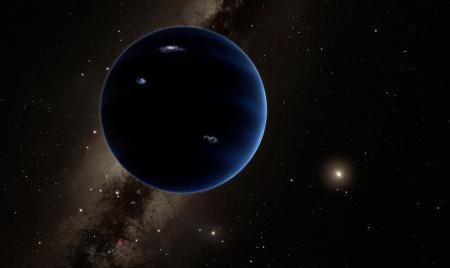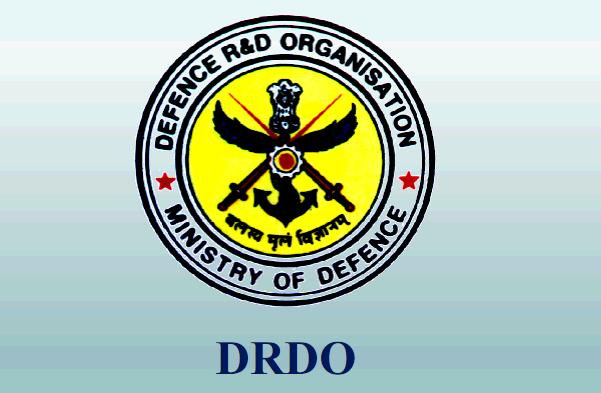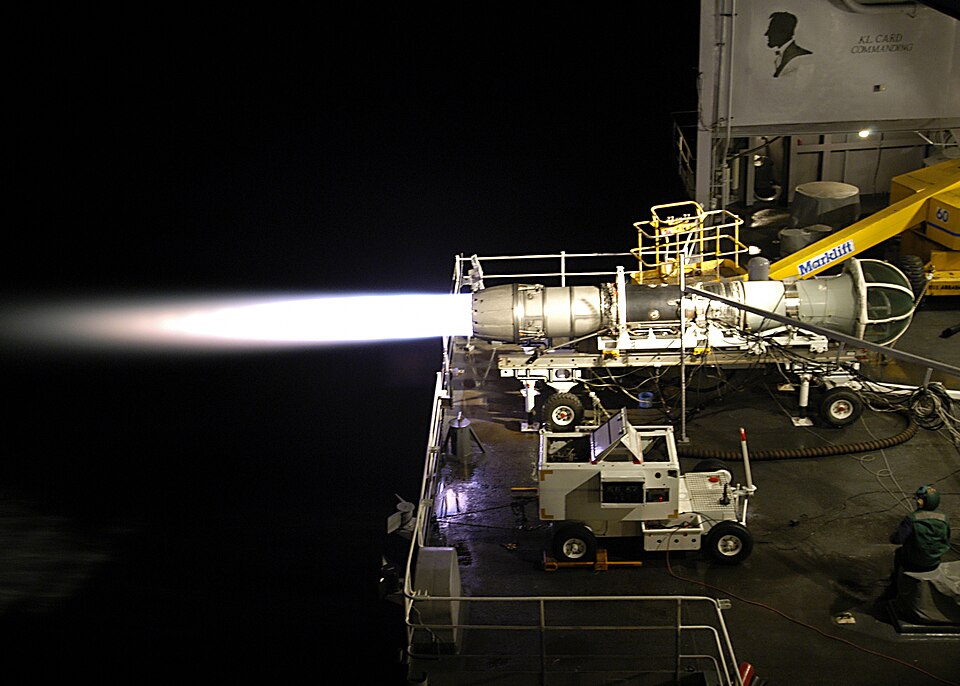
This artistic rendering shows the distant view from Planet Nine back towards the sun. The planet is thought to be gaseous, similar to Uranus and Neptune. Hypothetical lightning lights up the night side. Photo: Caltech/R. Hurt (IPAC).
LOS ANGELES (PTI): Our solar system may host a ninth planet that is 10 times the mass of the Earth and takes up to 20,000 years to orbit the Sun in a bizarre, highly elongated path, scientists say.
The object, nicknamed Planet Nine, orbits about 20 times farther from the Sun on average than Neptune.
It would take the planet between 10,000 and 20,000 years to make just one full orbit around the Sun, researchers said.
The researchers, Konstantin Batygin and Mike Brown, from California Institute of Technology in US discovered the planet's existence through mathematical modelling and computer simulations but have not yet observed the object directly.
"There have only been two true planets discovered since ancient times, and this would be a third," said Brown.
Brown said that the putative ninth planet - at 5,000 times the mass of Pluto - is sufficiently large that there should be no debate about whether it is a true planet.
Unlike the class of smaller objects now known as dwarf planets, Planet Nine gravitationally dominates its neighbourhood of the solar system.
According to the researchers, Planet Nine helps explain a number of mysterious features of the field of icy objects and debris beyond Neptune known as the Kuiper Belt.
"Although we were initially quite sceptical that this planet could exist, as we continued to investigate its orbit and what it would mean for the outer solar system, we become increasingly convinced that it is out there," said Batygin.
"For the first time in over 150 years, there is solid evidence that the solar system's planetary census is incomplete," he said.
Scientists have long believed that the early solar system began with four planetary cores that went on to grab all of the gas around them, forming the four gas planets - Jupiter, Saturn, Uranus, and Neptune.
Over time, collisions and ejections shaped them and moved them out to their present locations.
"But there is no reason that there could not have been five cores, rather than four," said Brown.
Planet Nine could represent that fifth core, and if it got too close to Jupiter or Saturn, it could have been ejected into its distant, eccentric orbit.
The researchers have begun searching the skies for Planet Nine. Only the planet's rough orbit is known, not the precise location of the planet on that elliptical path.
Batygin said that this ninth planet that seems like such an oddball to us would actually make our solar system more similar to the other planetary systems that astronomers are finding around other stars.
First, most of the planets around other Sun-like stars have no single orbital range - that is, some orbit extremely close to their host stars while others follow exceptionally distant orbits.
Second, the most common planets around other stars range between 1 and 10 Earth-masses.
The findings were published in the Astronomical Journal.
 Previous Article
Previous Article Next Article
Next Article












The Indian Air Force, in its flight trials evaluation report submitted before the Defence Ministry l..
view articleAn insight into the Medium Multi-Role Combat Aircraft competition...
view articleSky enthusiasts can now spot the International Space Station (ISS) commanded by Indian-American astr..
view article